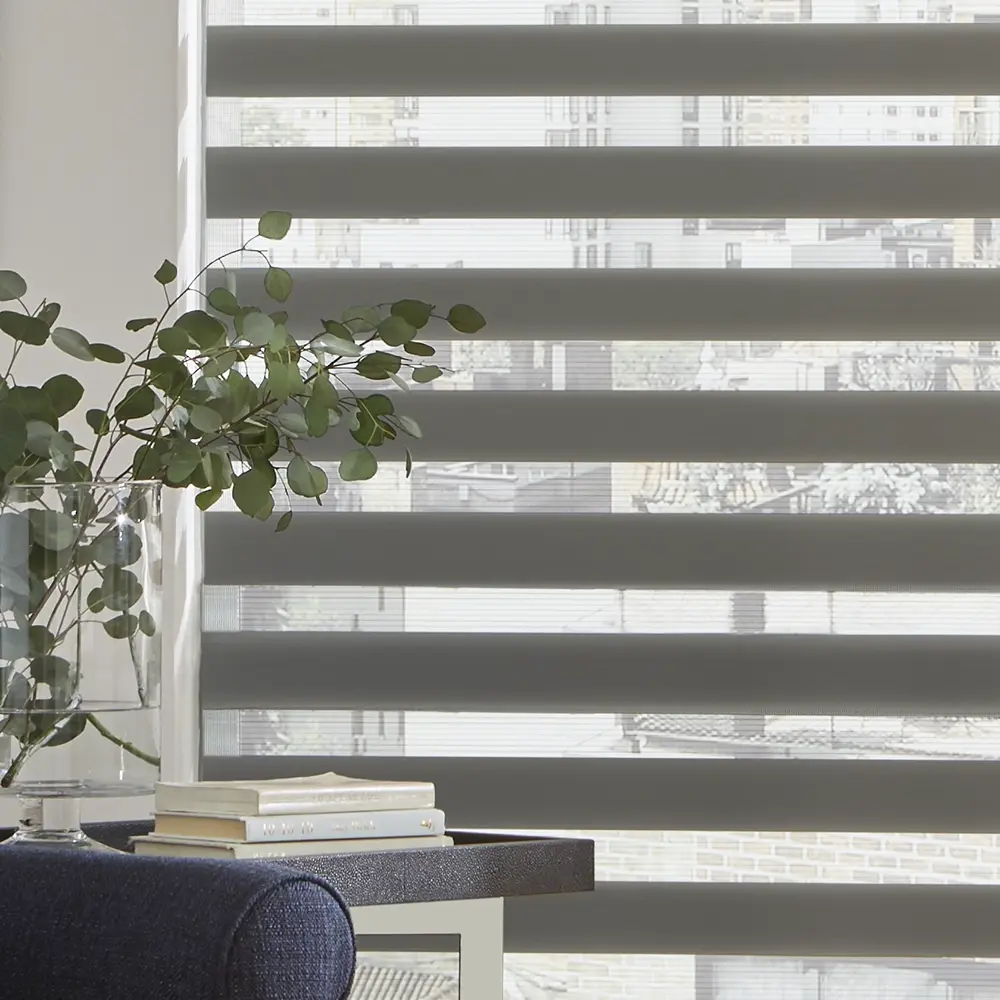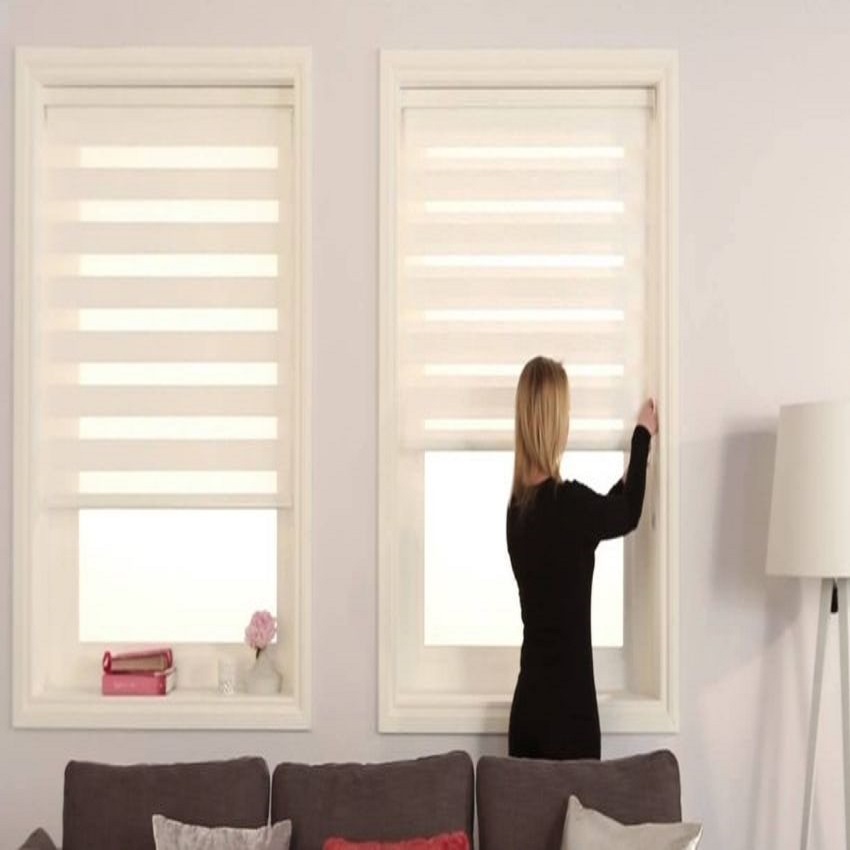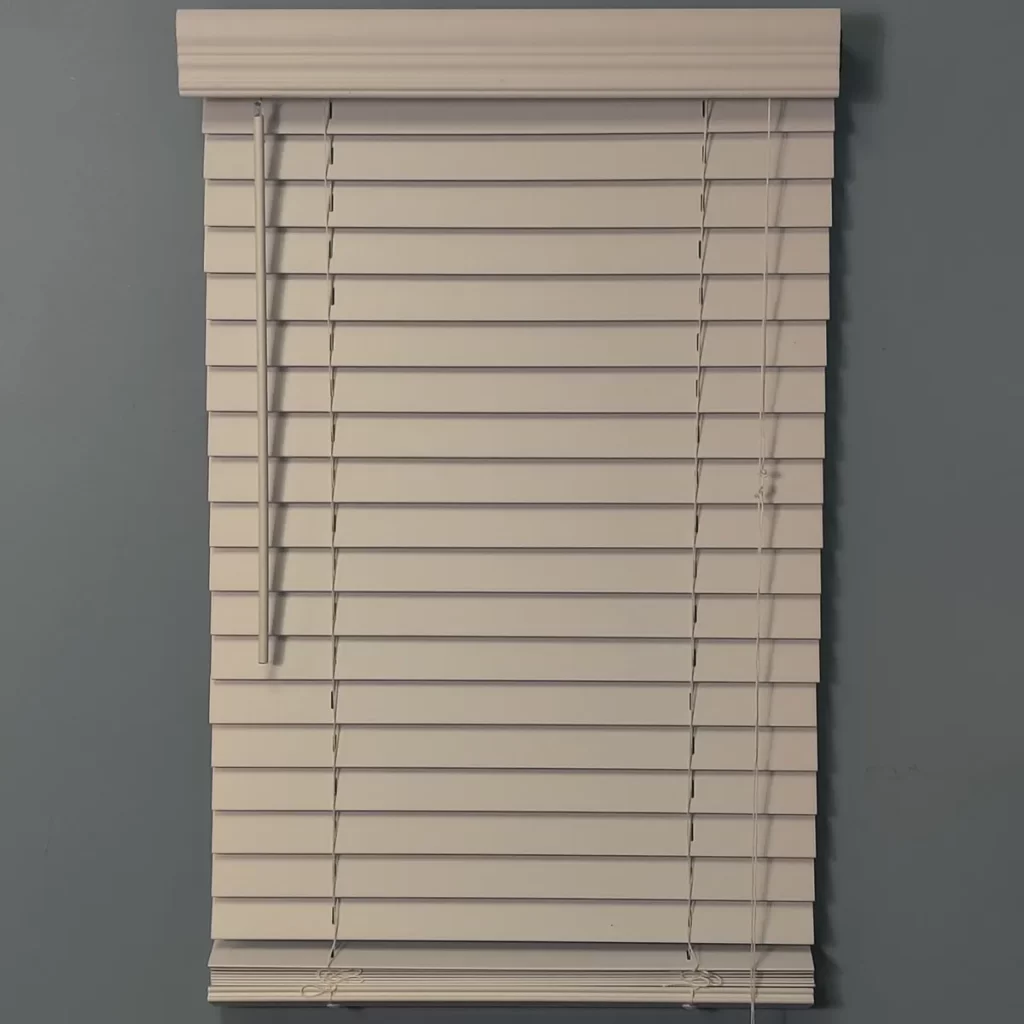Introduction
How to close window blinds – Window blinds play a pivotal role in controlling the amount of natural light that enters your home, enhancing privacy, and even contributing to energy efficiency. Properly closing your window blinds not only ensures your personal space remains intimate but also protects your interior from harsh sunlight and prying eyes. Achieving optimal privacy with window blinds is an art that combines functionality with style. Here are some effortless techniques to help you master the process:

Understand Your Blind Type
Before diving into techniques, it’s crucial to familiarize yourself with the type of blinds you have. Common types include:
- Vertical Blinds: Ideal for sliding doors and large windows, these blinds consist of vertical slats.
- Horizontal Blinds: Typically used for standard windows, they feature horizontal slats.
- Roller Blinds: A single piece of fabric that rolls up or down.
- Roman Blinds: Fabric panels that fold neatly when raised.
- Cellular or Honeycomb Blinds: These have a unique cellular structure designed for insulation.
Each type requires a slightly different approach for optimal closure.
Align the Slats (for Horizontal & Vertical Blinds)
For blinds with slats, aligning them correctly is key for privacy and light control. Here’s how:
- Close from the Top Down or Bottom Up: Depending on your preference or the blind design, start either from the top and push down each slat or from the bottom and pull up. This helps in even distribution of the slats and minimizes gaps.
- Use the Tilt Wand or Cord: Adjust the tilt mechanism gently using the wand or cord until all slats are uniformly tilted to their closed position. Avoid forcing them, as this could damage the mechanism or bend the slats.
Ensure Complete Closure (Roller, Roman, Cellular)
For non-slatted blinds, focus on achieving a seamless seal:
- Smooth Rolling: For roller blinds, ensure the fabric rolls evenly without bunching or gaps. Use the provided chain or mechanism slowly and steadily.
- Fold Neatly: Roman blinds should be lowered gently, allowing the folds to stack neatly at the bottom. Adjust as needed for a clean look that blocks out light effectively.
- Seal the Sides: With cellular or honeycomb blinds, check that the edges seal tightly against the window frame. Adjust the blind height if necessary to eliminate any light leakage.
Consider Room Orientation and Time of Day
The direction your room faces and the time of day can impact how much privacy and light control you need:
- South- or West-Facing Rooms: These rooms receive more direct sunlight, especially in the afternoon and evening. Closing blinds fully or using blackout options may be desirable during peak sunlight hours.
- Morning Sun: East-facing rooms might require blinds to be closed early morning to maintain privacy and reduce glare.
Supplement with Curtains or Shades
For added privacy and light blocking, consider layering your window treatments. Blinds paired with curtains or shades can offer an extra layer of insulation and privacy.
Regular Maintenance
Maintaining your blinds ensures smooth operation and longevity. Regular dusting, gentle cleaning, and checking for any damage or misalignment will keep them functioning optimally for privacy control.

Understanding Types of Blinds
Before diving into specific techniques, it’s beneficial to grasp the characteristics of various types of blinds:
- Venetian Blinds:
- Horizontal Slats: These can be tilted to control the amount of light and privacy. Adjusting the tilt angle allows you to block direct views while still permitting light to filter through.
- Pull Cord or Wand: Typically used to raise or lower the blinds.
- Vertical Blinds:
- Vertical Slats: Designed for larger windows or sliding doors, these blinds rotate open or closed, providing privacy when aligned.
- Control Chain or Wand: Used to rotate the slats or pull them across the window.
- Roller Blinds:
- Single Piece of Fabric: Rolls up or down to cover the window completely.
- Spring Mechanism or Chain: Used to raise or lower the blind smoothly.
- Roman Blinds:
- Fabric Panels: Fold neatly as the blind is raised, offering a soft, decorative window covering.
- Cord or Chain: Used to raise and lower the blinds, while some may also include a mechanism to adjust slat positioning.
Techniques for Closing Blinds Effectively
Each type of blind requires a specific approach to ensure optimal privacy and light control:
- Venetian Blinds:
- Tilt and Lower: Adjust the slats to a downward angle to block views from outside while still allowing light to filter in. Then, use the pull cord or wand to lower the blinds fully if additional privacy is needed.
- Vertical Blinds:
- Rotate and Align: Rotate the slats to close them completely, ensuring they overlap slightly for maximum privacy. Use the control chain or wand to manipulate the slats as needed.
- Roller Blinds:
- Roll Down Completely: Lower the blind using the spring mechanism or chain until it covers the entire window. Ensure it sits flush against the window frame to minimize gaps.
- Roman Blinds:
- Lower Fully: Lower the blinds completely using the cord or chain until the fabric panels hang flat against the window. Adjust any cords or mechanisms to ensure even coverage.
Additional Tips for Privacy and Efficiency
- Check for Gaps: Ensure blinds are properly fitted and adjusted to eliminate gaps where light and prying eyes could enter.
- Consider Blackout Options: For bedrooms or rooms requiring total darkness, consider blackout blinds or curtains that prevent any light from entering.
- Maintenance: Regularly clean and maintain blinds to ensure smooth operation and longevity. Dust and dirt can accumulate on slats, affecting both appearance and functionality.

Adjust the Tilt Angle (If Applicable)
Many blinds allow for tilt adjustment, which controls the angle of the slats. To minimize light or increase privacy, rotate the tilt wand or use the cord to angle the slats downwards until they’re nearly closed. For a softer diffusion of light, a slight upward tilt can be used.
Secure the Lock or Cord
Once your blinds are fully or partially closed according to your preference, secure them in place. Most blinds have a locking mechanism or cord that keeps the blinds from accidentally being opened. Locate this feature and engage it to prevent any unwanted movement.
Inspect for Uniformity
Take a step back and visually inspect the blinds to ensure they are evenly closed and aligned. Adjust any slats that may be out of place for a neat and tidy appearance.
Cnsider Additional Layers (Optional)
For enhanced insulation or light control, consider adding curtains or drapes over your closed blinds. Layering window treatments can significantly improve room comfort by providing extra insulation against heat or cold.
Maintain Your Blinds Regularly
Regular cleaning and maintenance will prolong the life of your blinds and keep them operating smoothly. Dust them weekly with a soft cloth or use a vacuum cleaner with a brush attachment. Follow manufacturer instructions for deeper cleans, especially for fabric or specialized materials.
Start from One End
For horizontal blinds, begin at one end of the window, typically the left side, and gently grasp the bottom rail or use the cord/tassel provided for adjustment. Slowly move your hand across the blind, guiding each slat into alignment as you progress towards the opposite end. This method ensures even closure without putting unnecessary stress on the blinds.
Conclusion
Achieving optimal privacy with window blinds doesn’t have to be complicated. By understanding your blind type, mastering the correct closure techniques, considering external factors, and maintaining your blinds, you can effortlessly create a private and comfortable living space. Remember, proper blind closure not only safeguards your privacy but also enhances the aesthetic appeal and functionality of your home. With these techniques, you’re well-equipped to make the most of your window blinds, ensuring a perfectly balanced ambiance within your personal haven.
